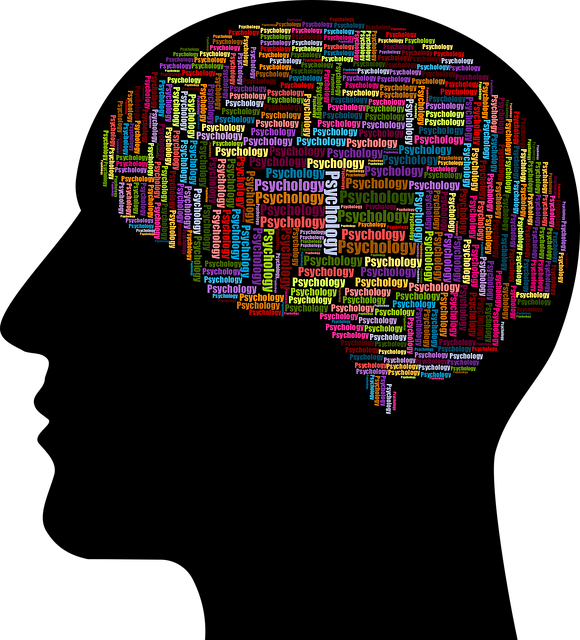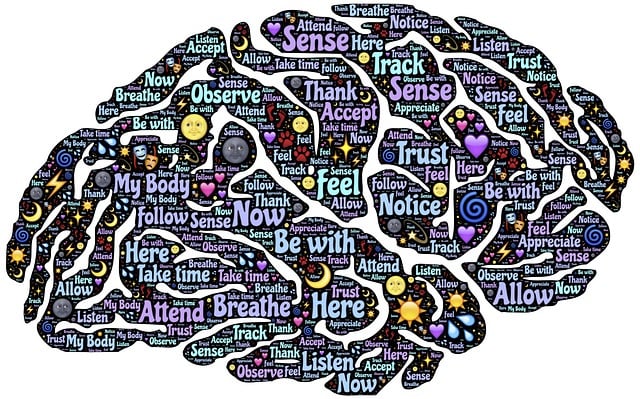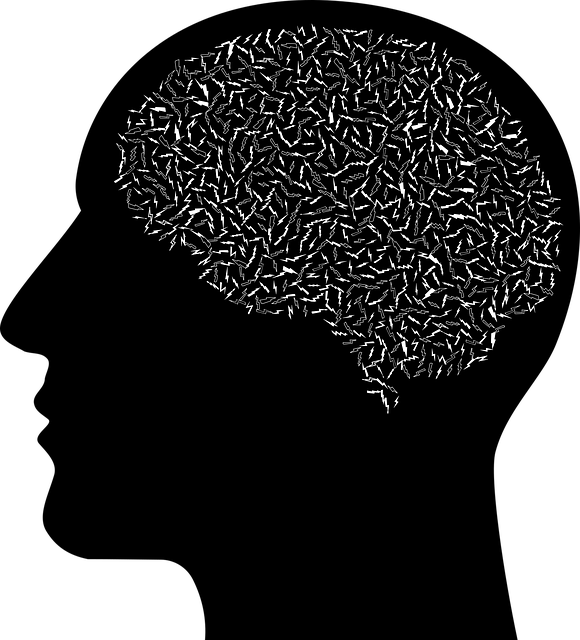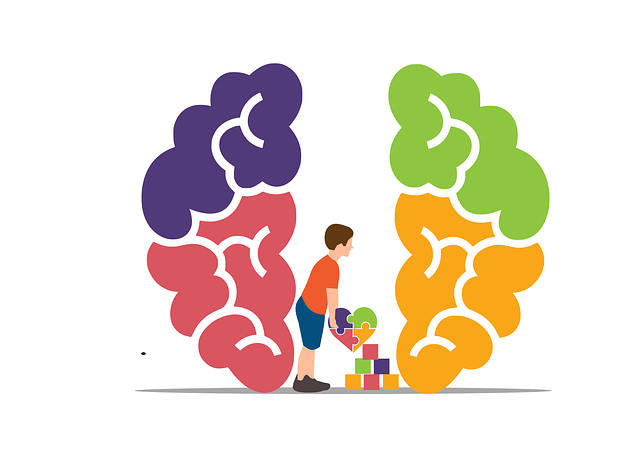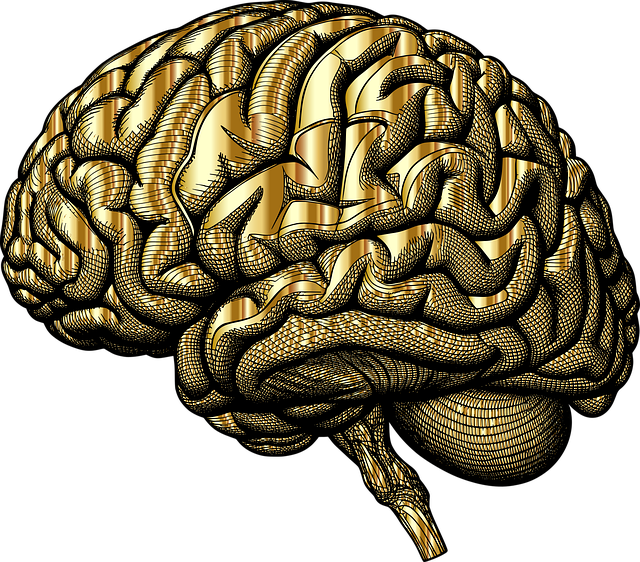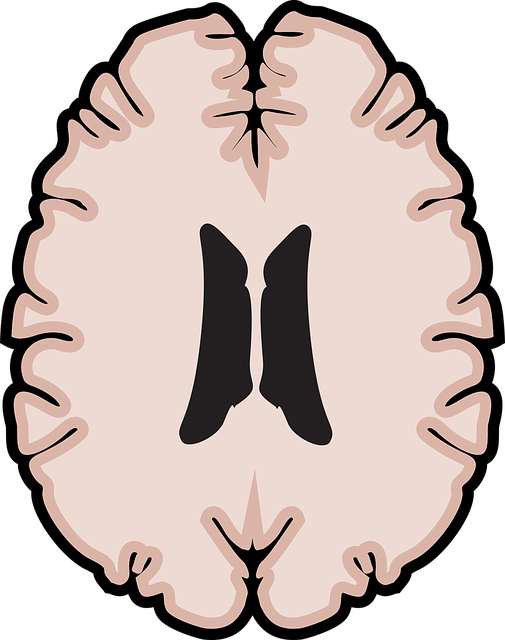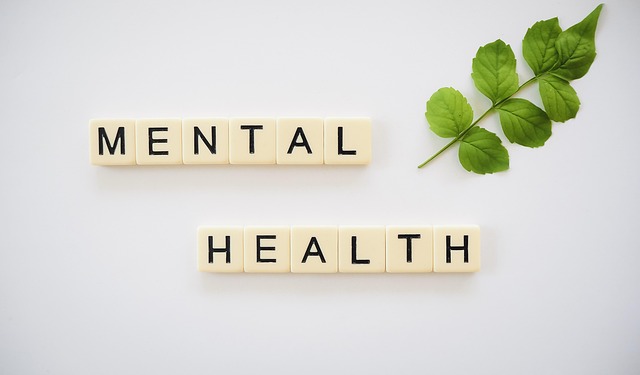TL;DR: Therapy for Children Abuse Survivors
Evaluating therapy for children abuse survivors involves a multifaceted approach combining quantitative metrics (self-reported surveys, clinical interviews) and qualitative insights from survivors and stakeholders. Key evaluation methods assess anxiety relief, emotional healing, coping mechanisms, and resilience improvements over time. Continuous improvement through iterative strategies is crucial, incorporating best practices, self-care, and regular outcome assessments to tailor care and foster long-term mental wellness for survivors.
Mental wellness program evaluation is a multifaceted process, especially when focusing on survivors of children abuse. This article explores a comprehensive framework for evaluating such programs, emphasizing the importance of understanding therapy foundations and leveraging diverse evaluation methods. We delve into quantitative metrics, qualitative insights from survivors and stakeholders, and iterative strategies to enhance program effectiveness. By integrating these approaches, we aim to improve outcomes and ensure tailored support for those who have endured childhood abuse.
Key topics include: Understanding Therapy for Children Abuse Survivors, Assessing Program Effectiveness, Qualitative Insights, and Continuous Improvement.
- Understanding Therapy for Children Abuse Survivors: A Foundation for Evaluation
- Assessing Program Effectiveness: Metrics and Measurement Tools
- Qualitative Insights: Voices of Survivors and Stakeholders
- Continuous Improvement: Iterative Evaluation Strategies for Mental Wellness Programs
Understanding Therapy for Children Abuse Survivors: A Foundation for Evaluation

Understanding Therapy for Children Abuse Survivors forms a crucial foundation for effective evaluation of mental wellness programs. This therapeutic approach recognizes that children who have experienced abuse often struggle with complex emotional and psychological challenges. By focusing on their unique needs, therapists aim to foster resilience and promote healthy coping mechanisms. The process involves careful assessment of the child’s trauma history, current functioning, and identification of specific areas requiring intervention.
One key aspect is the integration of compassion cultivation practices, which encourage empathy building strategies and coping skills development. These therapeutic methods create a safe space for children to express their feelings, cultivate self-compassion, and learn adaptive behaviors. Through structured interventions, survivors can develop effective coping mechanisms, enhance social interactions, and build resilient responses to future challenges, ensuring improved mental wellness outcomes.
Assessing Program Effectiveness: Metrics and Measurement Tools

Evaluating the effectiveness of a mental wellness program is crucial to understanding its impact on participants’ lives. When assessing programs designed for therapy for children abuse survivors, several key metrics and measurement tools come into play. These include self-reported surveys, where survivors can rate their symptoms, such as anxiety or depression, before and after treatment. Another valuable method involves clinical interviews conducted by mental health professionals who can observe improvements in emotional healing processes and overall functioning.
Furthermore, risk assessment for mental health professionals is essential to ensure the safety of both clients and practitioners. Metrics might include tracking reductions in traumatic symptoms, improvements in coping mechanisms, and increases in resilience over time. These assessments help gauge the success of interventions aimed at providing anxiety relief and fostering positive emotional healing for survivors.
Qualitative Insights: Voices of Survivors and Stakeholders

Gathering qualitative insights from survivors and stakeholders is a powerful method to evaluate mental wellness programs, especially when focusing on therapy for children abuse survivors. By listening to their voices, we gain firsthand understanding of the program’s impact, effectiveness, and areas for improvement. Through in-depth interviews or focus groups, survivors can share their experiences, expressing challenges faced, coping mechanisms developed, and the overall success of the therapy process. This qualitative approach allows for a nuanced perspective, revealing the emotional journey of healing and the unique factors that contribute to mental wellness.
Incorporating feedback from stakeholders, such as healthcare providers and program facilitators, offers a comprehensive view. They can offer insights on burnout prevention strategies, emphasizing the importance of self-care in their roles. This dialogue highlights the need for tailored support systems within mental wellness coaching programs development, ensuring that both survivors and caregivers receive the necessary tools to navigate challenges. By integrating these qualitative insights, evaluation methods become more sensitive to individual needs, fostering a holistic approach to anxiety relief and overall well-being.
Continuous Improvement: Iterative Evaluation Strategies for Mental Wellness Programs

In the realm of mental wellness program evaluation, continuous improvement is paramount to ensuring effectiveness and relevance. Iterative evaluation strategies allow for dynamic adjustments based on ongoing feedback and emerging research. For programs catering to therapy for children abuse survivors, this approach is crucial in tailoring support to evolving needs. By regularly assessing outcomes, identifying gaps, and incorporating best practices from various therapeutic modalities, such as stress reduction methods and inner strength development, these programs can offer more holistic care.
Self-care practices are an integral component of this process. Incorporating them into evaluation frameworks enables a comprehensive understanding of participants’ progress and challenges. Regular self-care assessments not only enhance program effectiveness but also empower individuals to build resilience and maintain mental wellness in the long term, fostering sustainable growth and recovery.
Evaluating mental wellness programs, particularly those focused on Therapy for Children Abuse Survivors, requires a multifaceted approach. By combining quantitative metrics and assessment tools with qualitative insights from survivors and stakeholders, we can gain a comprehensive understanding of program effectiveness. Continuous improvement through iterative evaluation strategies ensures these programs remain responsive to the evolving needs of their participants. This holistic evaluation method not only enhances the quality of care but also fosters a more supportive and healing environment for those who have endured childhood abuse.

